Stromal Vascular Fraction (SVF) Therapy: A German Regenerative Solution
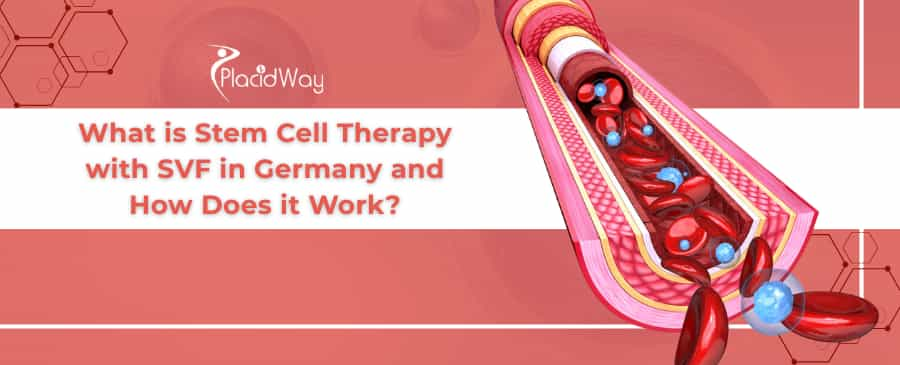
Regenerative medicine is changing the way we think about healing, and at the forefront of this revolution is a treatment known as SVF (Stromal Vascular Fraction) therapy. If you have been researching options for joint pain, autoimmune conditions, or anti-aging, you might have noticed that Germany keeps popping up as a top destination. But why? The answer lies in how the cells are processed.
While many countries are limited to simple mechanical methods of separating stem cells, Germany's sophisticated regulatory environment allows for enzymatic isolation. This might sound technical, but for a patient, it means one thing: a significantly higher dose of healing cells. In this guide, we will break down exactly what SVF is, why the German method is considered superior by many experts, and what you can expect if you decide to travel for this cutting-edge procedure.
What exactly is Stromal Vascular Fraction (SVF)?
Think of Stromal Vascular Fraction (SVF) as a supercharged cocktail of your body's own repair cells. While most people focus on "stem cells," SVF is actually a community of different cell types that live in your fat tissue. When separated from the fat cells (adipocytes), this mixture acts like a construction crew for your body.
It contains Mesenchymal Stem Cells (MSCs), which can transform into bone, cartilage, or muscle. But equally important are the endothelial progenitor cells (which build new blood vessels) and immune-modulating cells like macrophages. This combination makes SVF more potent than purified stem cells alone because the cells communicate with each other to target inflammation and accelerate healing more effectively.
Why is SVF therapy in Germany different from the USA?
This is the most critical distinction for medical tourists. In the United States, the FDA has strict rules that classify enzymatic processing of fat as creating a "drug," which requires years of trials. Therefore, most US clinics use mechanical methods (like shaking or simple centrifuging) to separate the cells. While safer than nothing, this method leaves many of the best stem cells trapped in the fat tissue.
In Germany, under specific laws (Section 4b of the German Drug Law/AMG), certified clinics can use enzymes to fully digest the tissue matrix. This releases virtually all the available stem cells. The result? A treatment in Germany can deliver 500 to 1,000 times more viable cells than a comparable mechanical procedure in North America, potentially leading to better clinical outcomes.
How is the SVF procedure performed in Germany?
The entire SVF protocol is designed to be efficient and minimally invasive. Here is what a typical treatment day looks like in a German clinic:
- Harvesting (Morning): The doctor performs a mini-liposuction, usually taking about 100-200ml of fat from your abdomen or flank. This is done under local anesthesia, so you are awake but feel no pain.
- Processing (Mid-Day): You take a break for lunch while the lab gets to work. They add a specific enzyme (collagenase) to the fat, which breaks down the bonds holding the tissue together. The mixture is then incubated, centrifuged, and washed to isolate the pure SVF pellet.
- Administration (Afternoon): The concentrated cells are returned to your body. Depending on your condition, this could be an IV drip (for autoimmune issues) or a direct injection into a joint (for knees or hips).
What conditions can be treated with SVF in Germany?
Because SVF therapy works by reducing inflammation and modulating the immune system, it has a wide range of applications. In Germany, orthopedic surgeons frequently use it to save patients from needing joint replacement surgery.
Commonly treated conditions include:
- Orthopedic: Knee osteoarthritis (bone-on-bone), hip pain, torn rotator cuffs, and Achilles tendonitis.
- Autoimmune: Lupus, Rheumatoid Arthritis, and Multiple Sclerosis.
- Chronic Infections: Many patients travel to Germany specifically for SVF treatment for chronic Lyme disease, often combined with hyperthermia.
- Aesthetic: Facial rejuvenation and hair loss treatment.
How much does SVF stem cell therapy cost in Germany?
Cost is a major factor for patients. While Germany is not "cheap" in the way some developing nations are, it offers a "premium value" proposition. You are paying for high-tech processing and safety that matches or exceeds US standards, but at a price point that is often 50-70% lower than comparable high-end treatments in the States.
Below is a detailed comparison of estimated costs for SVF therapy globally:
| Country | Estimated Cost (USD) | Processing Method | Regulatory Status |
|---|---|---|---|
| Germany | $9,000 - $16,000 | Enzymatic (High Dose) | Highly Regulated (AMG) |
| United States | $12,000 - $30,000+ | Mechanical (Low Dose) | Variable / FDA Restrictions |
| Mexico | $5,000 - $12,000 | Enzymatic | Variable Regulation |
| Turkey | $4,000 - $10,000 | Enzymatic | Moderate Regulation |
| Switzerland | $20,000 - $40,000 | Enzymatic | Highly Regulated |
Is SVF therapy legal and regulated in Germany?
Germany has one of the strictest medical regulatory bodies in the world. Unlike some countries where stem cell clinics operate in a legal gray area, German clinics must undergo rigorous inspections to obtain a manufacturing license to produce SVF cells. This "Hospital Exemption" allows them to create custom cellular medicines for individual patients.
This regulation ensures that the laboratory equipment, the air quality, and the processing techniques meet the same standards required for pharmaceutical manufacturing. For patients, this provides a massive layer of safety and confidence that the biological product they are receiving is pure, sterile, and potent.
What is the success rate for SVF therapy for knees and joints?
While no medical procedure is guaranteed, the outcomes for SVF joint injections are compelling. Success is typically defined as a significant reduction in pain (measured by the VAS scale) and improvement in mobility (measured by the WOMAC score).
Most patients begin to feel relief within 4 to 6 weeks as the inflammation subsides. The regenerative effects—where the cells help repair micro-damage in the cartilage—continue for months. It is important to note that success rates drop for patients with "bone-on-bone" (Grade 4) arthritis, although many of these patients still report significant pain relief even if cartilage regrowth is limited.
Is the liposuction part of the procedure painful?
The word "liposuction" often scares people, but for SVF therapy, it is a very minor procedure. We are not talking about cosmetic surgery to remove pounds of fat. The doctor only needs a small amount—about the size of a coffee cup.
The area is numbed with a tumescent solution (a mix of saline and anesthetic). You might feel a strange sensation of movement or pressure as the cannula gathers the tissue, but it is generally well-tolerated. Afterward, you will have a small bandage and perhaps some bruising, but you can walk out of the clinic immediately.
How long is the recovery time?
One of the biggest advantages of stem cell therapy over surgery is the downtime. Or rather, the lack of it. Most international patients fly into Germany on a Monday, have the procedure on Tuesday, rest on Wednesday, and fly home on Thursday.
You may feel sore at the liposuction site, similar to how you feel after a very intense ab workout. If you received a joint injection, the joint might feel "full" or slightly stiff for 24 hours. Doctors usually recommend avoiding running, heavy lifting, or deep squats for a couple of weeks to allow the cells to settle and the harvest site to heal.
Are there any side effects or risks?
Because the treatment uses autologous cells (cells from your own body), there is no risk of allergic reaction or rejection. The safety profile is excellent. The primary risks are related to the procedure itself, such as a tiny risk of infection at the injection site, which is mitigated by the sterile hospital environment in Germany.
Rarely, patients might experience a "flare" in the joint (temporary increased pain) for a day or two after the injection. This is actually a sign that the immune system is responding to the cells, and it typically resolves quickly with rest and ice.
Who is a good candidate for SVF therapy?
Not everyone qualifies for this treatment. German doctors will review your MRI scans and medical history before you book your trip. You need to have enough body fat to harvest (which is rarely an issue for most adults, though very lean athletes might be tricky).
You might not be a candidate if you have active cancer, a severe active infection, or are pregnant. Also, if you are taking blood thinners, you will need to coordinate with your doctor to pause them safely before the liposuction.
How long do the results last?
Longevity of results varies from person to person. For a runner with knee pain, SVF therapy might buy them several years of pain-free activity before they need to consider a repeat procedure. For someone with a chronic autoimmune condition, the immune-modulating effects might last for a year or two before slowly wearing off.
The goal is often to delay or prevent the need for invasive surgery like a knee replacement. Even if the effects wear off after 3-4 years, many patients consider that a victory compared to the alternative of major surgery and rehabilitation.
What happens if I don't have enough fat?
While adipose tissue is the preferred source for SVF because of its high stem cell count, it's not the only option. If you are an ultra-lean athlete, doctors can pivot to using Bone Marrow Concentrate (BMC) taken from the hip bone. While the cell count is lower than fat, bone marrow is rich in growth factors and is still a very effective regenerative therapy.
How do I choose the right clinic in Germany?
Not all clinics are created equal. To ensure you are getting the "German Advantage," you must verify that the clinic has the proper licenses to perform enzymatic isolation. Ask them directly: "Do you use collagenase to process the cells, and is this approved under your manufacturing license?"
Reputable clinics will be transparent about their methods. They will also have English-speaking coordinators and transparent pricing structures, so you won't be hit with surprise bills after your treatment.
Can I combine SVF with other treatments?
Synergy is a big concept in German functional medicine. Doctors rarely use just one tool. SVF stem cells work best when the environment they are entering is healthy. PRP acts like "fertilizer" for the stem cells, providing immediate growth factors.
For Lyme patients, combining SVF with hyperthermia (heating the body) can help weaken the bacteria while the stem cells repair the damage. Discuss these combination options with your doctor during the consultation to maximize your investment.


.png)
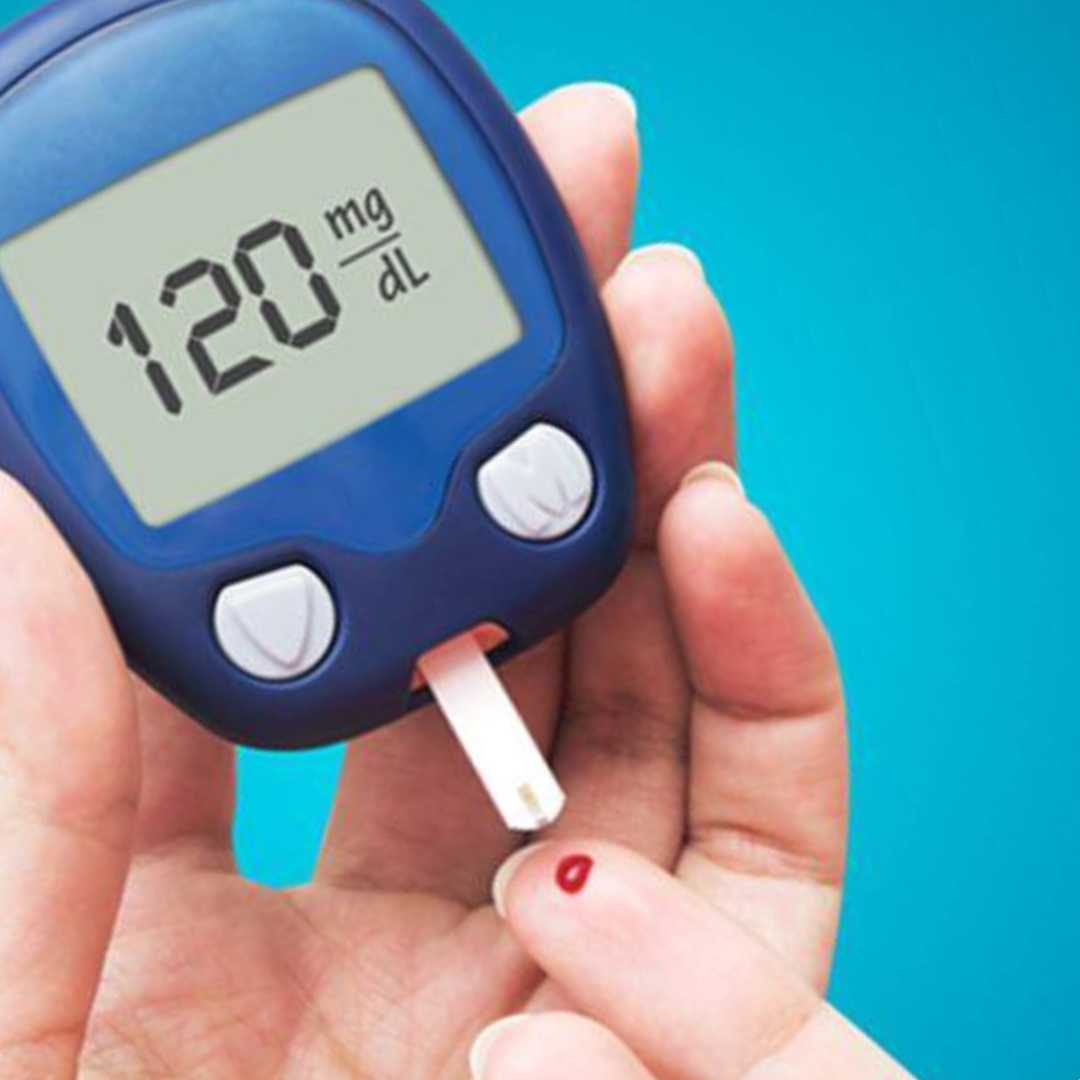



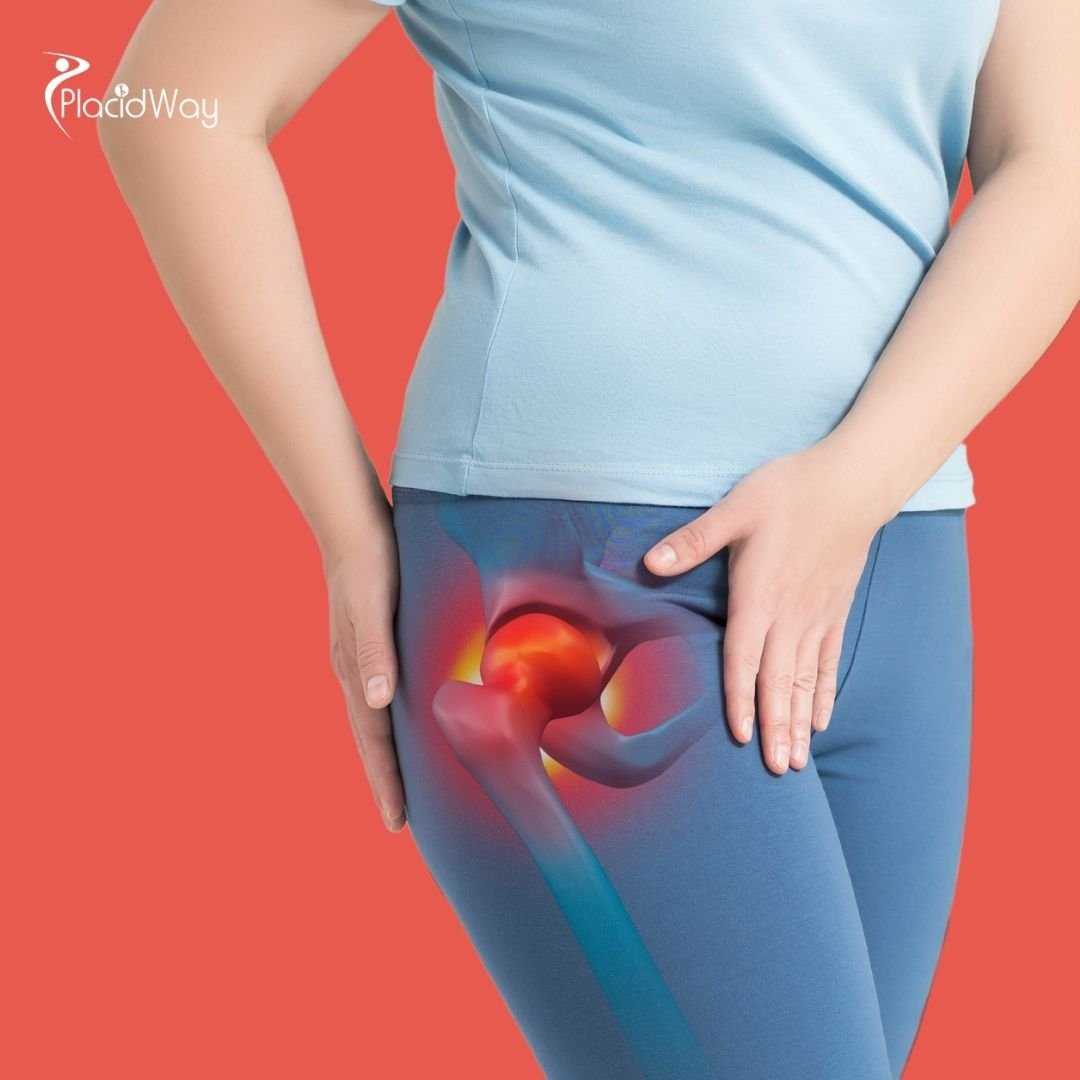
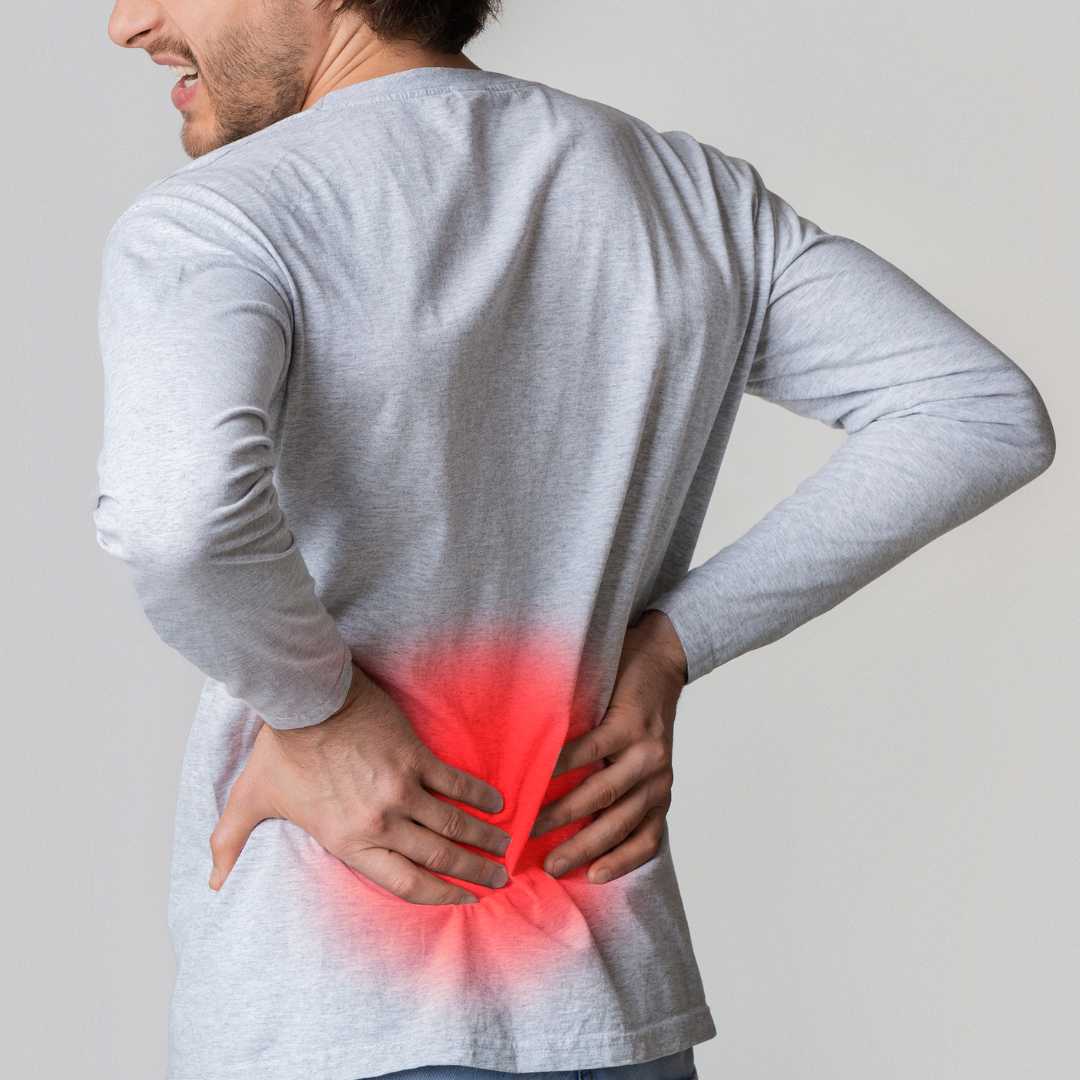
.jpg)
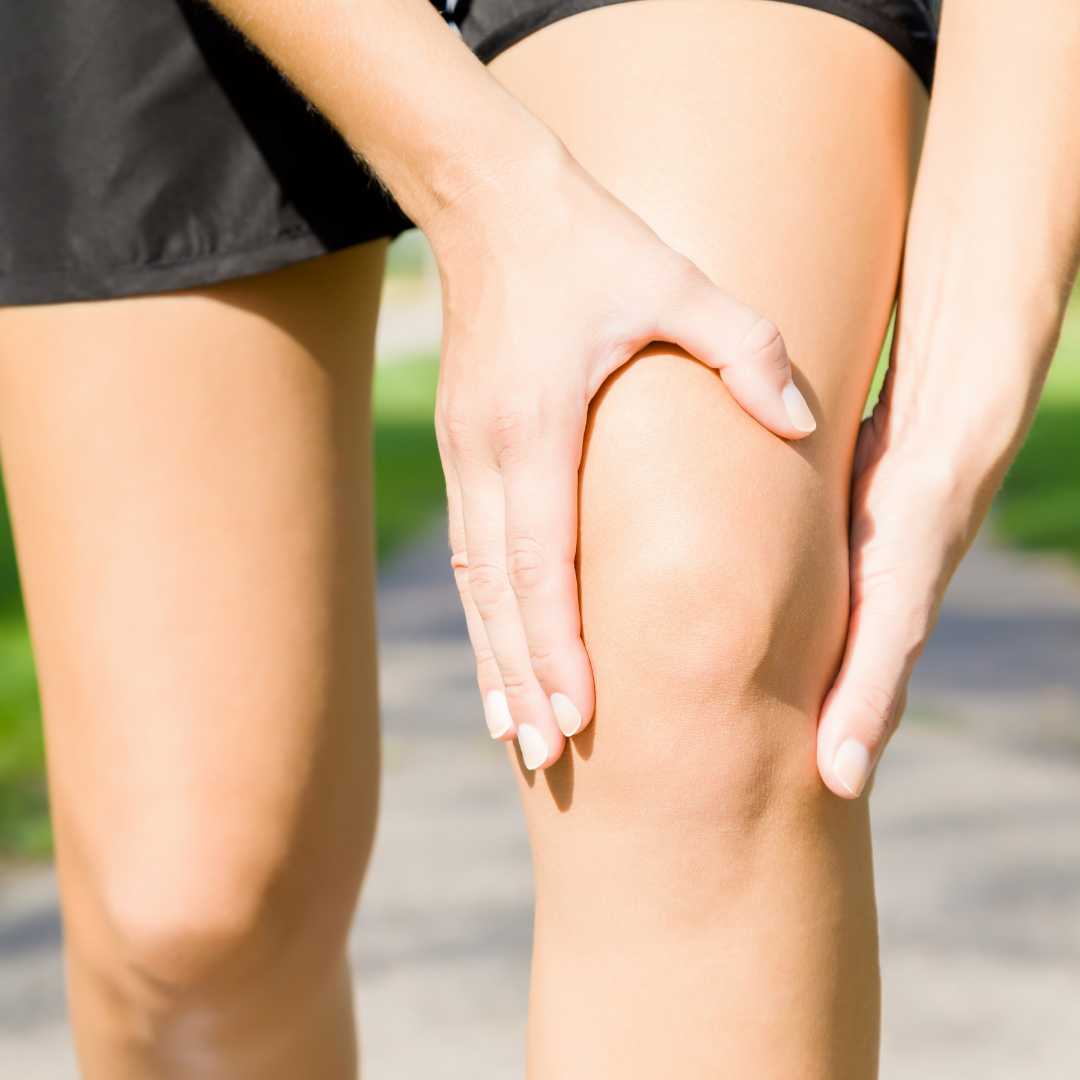
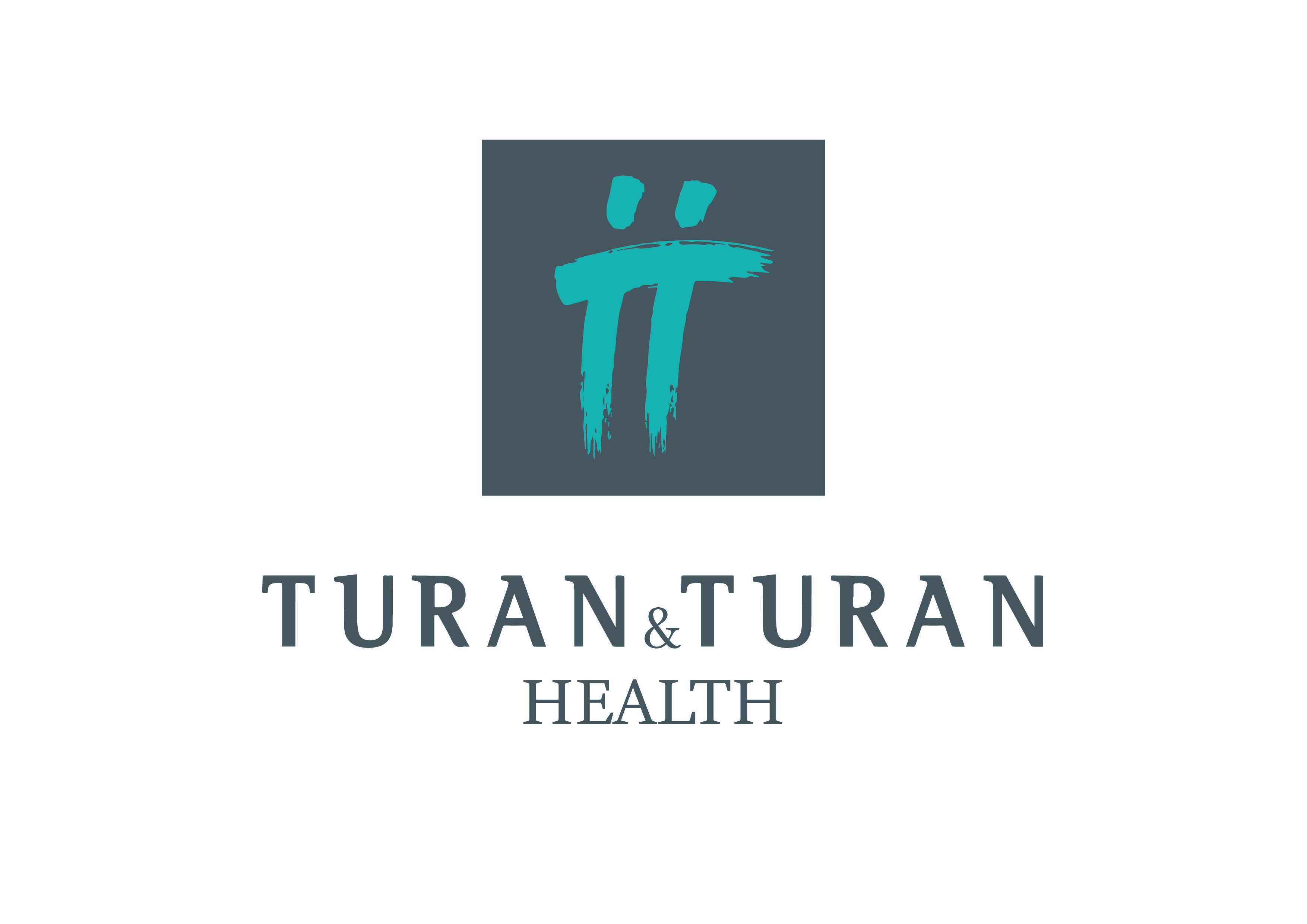

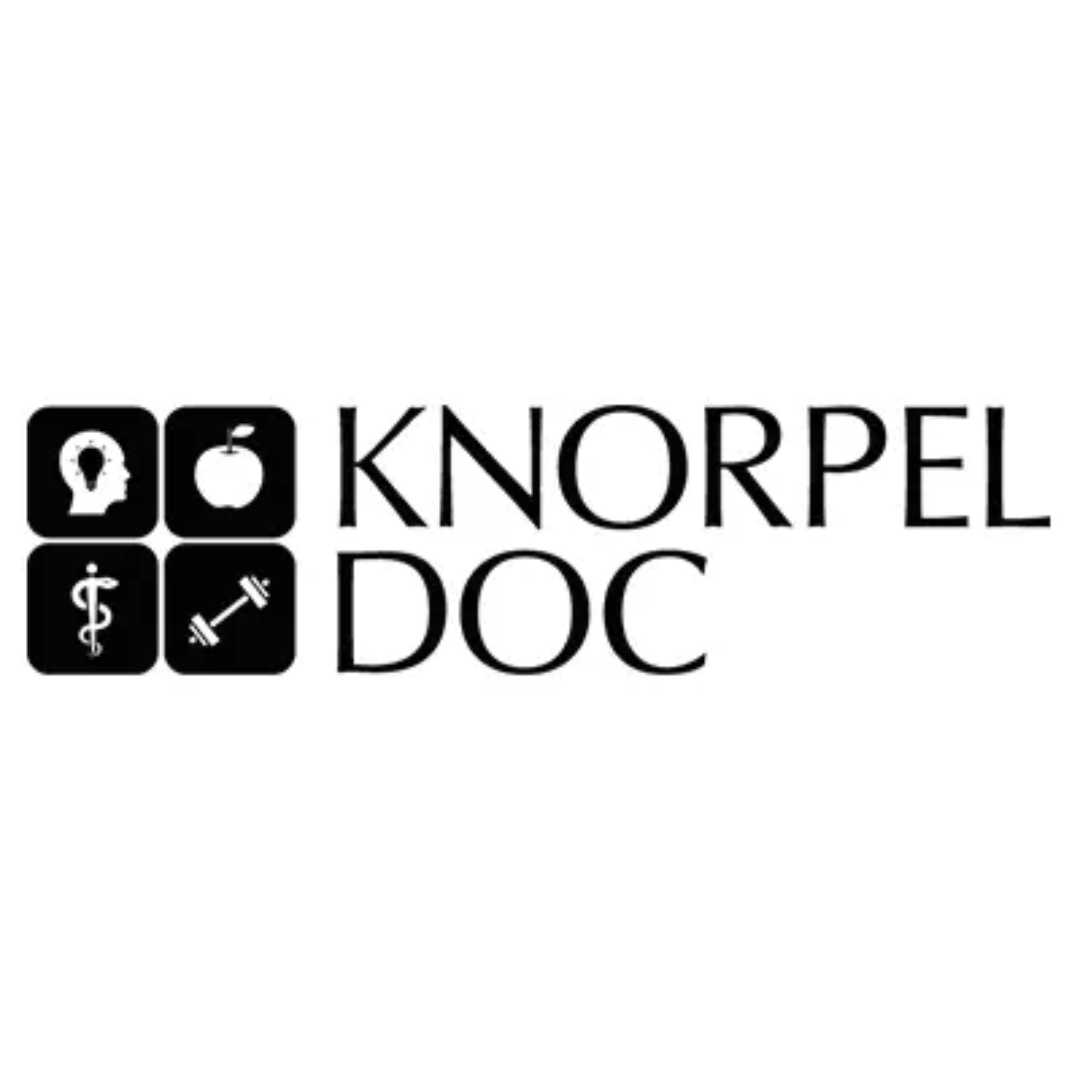


Share this listing